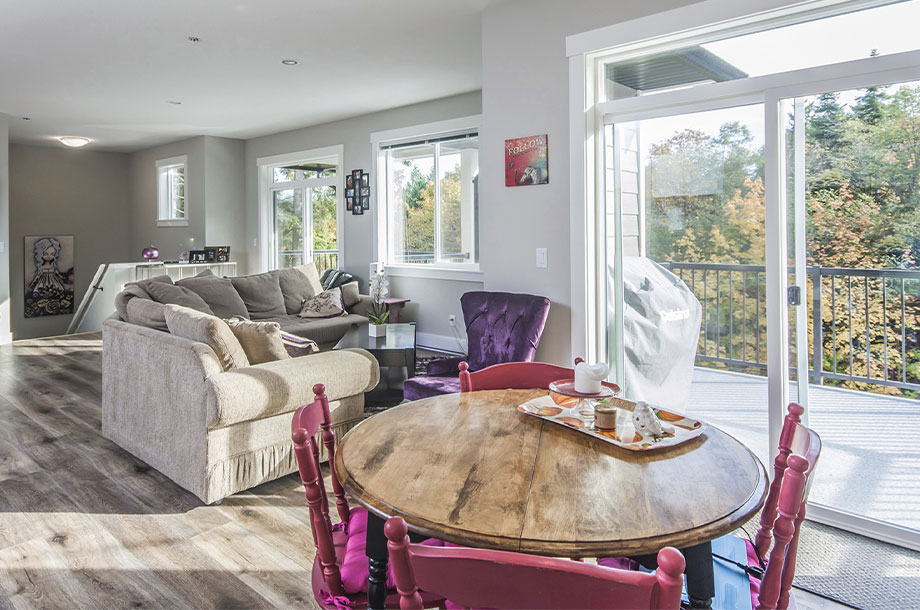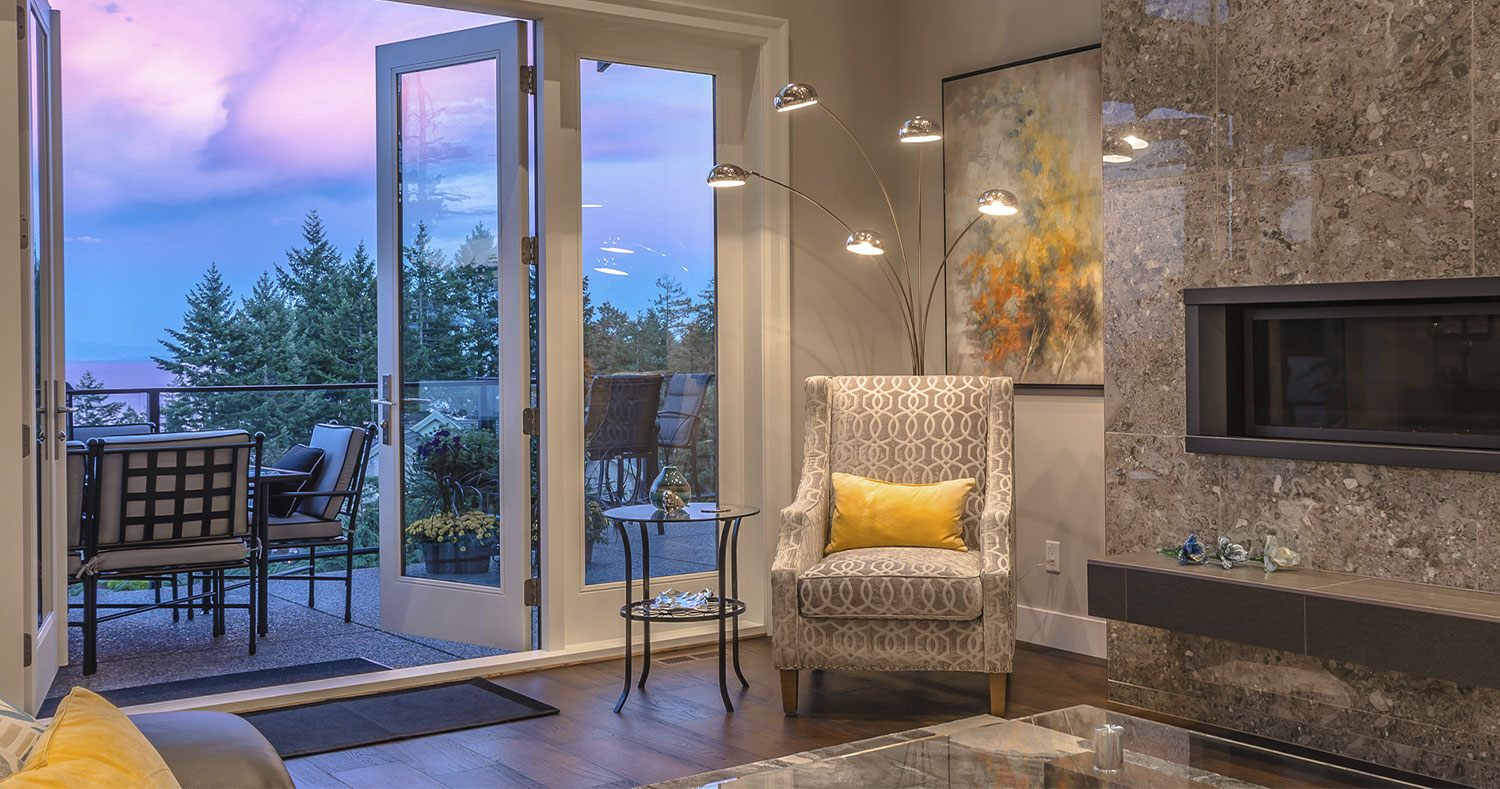Many people set tangible goals for home improvements that add space, update appliances, and overall, contribute to a more convenient home. While these improvements are important, it’s possible to add intangibles that also make a definite difference in how you enjoy your home.
Color and lighting are two of the most significant tools to use to subtly change the experiences you have indoors. For centuries, people have used color to influence their feelings. Color theory is practiced in architecture and interior design to create the mood of a room. You can use it effectively especially when it’s combined with lighting.
Color and Mood
It’s universally accepted that red and yellow are colors that evoke warm, positive emotions and excitement. It’s also the color associated with hostility and anger. High energy is what each of these feelings has in common. When you want a room to be lively and motivating, consider using red, yellow, or orange as part of its color scheme.
At the other end of the scale, the blues and greens are cooler colors and prompt relaxation and repose. On the other, they can also cause sad or indifferent feelings without the right decor.

Besides the colors themselves, you can alter the hues to tone the colors down or intensify the effects. The design team at Alair Homes can show you how to work with color wheels and chips to select the right colors to use throughout your home or for individual rooms.
You may want to use a soothing tint of blue or green in the bedrooms or study areas to enhance relaxation and receptivity. The kitchen and family room might be rosier shades where activity levels are generally high.
You’re not always limited to paint when using color for home improvements. Flooring options, trim, countertop colors, and accent walls are ways to incorporate color into your design. Post-construction, you can also select furniture colors to make a statement in the room.
Ambient Lighting
This is basic room lighting normally installed as ceiling lights. It broadcasts and even light throughout the room. While it’s useful for general lighting, it’s not the best kind to use for reading and close-up activities.
Ambient lights don’t have to be plain. Think chandeliers that hang in foyers or over dining room tables. Lights are one of the easiest ways to integrate the design and style of your home into your home improvements since they come in a wide variety of colors and materials. You can choose from formal to casual and everything in between.
Task Lighting
When you need focused lighting, turn to task lights as they are known to illuminate specific areas. To be most effective, task lights should be used with ambient lighting. Under cabinet lights in the kitchen help you prepare food on a dark countertop, although vanity lights that ring a mirror. In most cases, they provide sufficient lighting in bathrooms unless the lights are small in a large room. An effective way to create a statement with task lighting is to use recessed lights in long hallways and kitchens.
Accent Lights
These kinds of lights give you the most opportunities to combine lighting with colors to create moods. They’re often combined with museum lighting to highlight artwork on walls or placed inside cabinets. The contrast they create on a wall is most dramatic when the wall is dark. Another great place to put accent lights is in the yard where they accent showy plants.
Bottom Line
Color and light will enhance the moods you’d like to evoke with your home improvements. Both are easy to change as time goes by and your needs change. Your team at Alair Homes can help you select the best combinations of lights and colors for your home.
